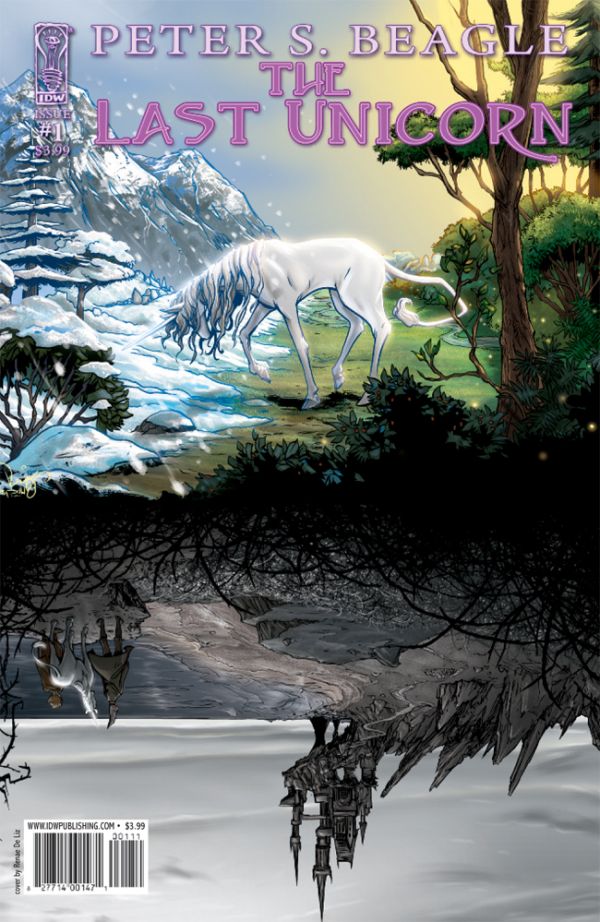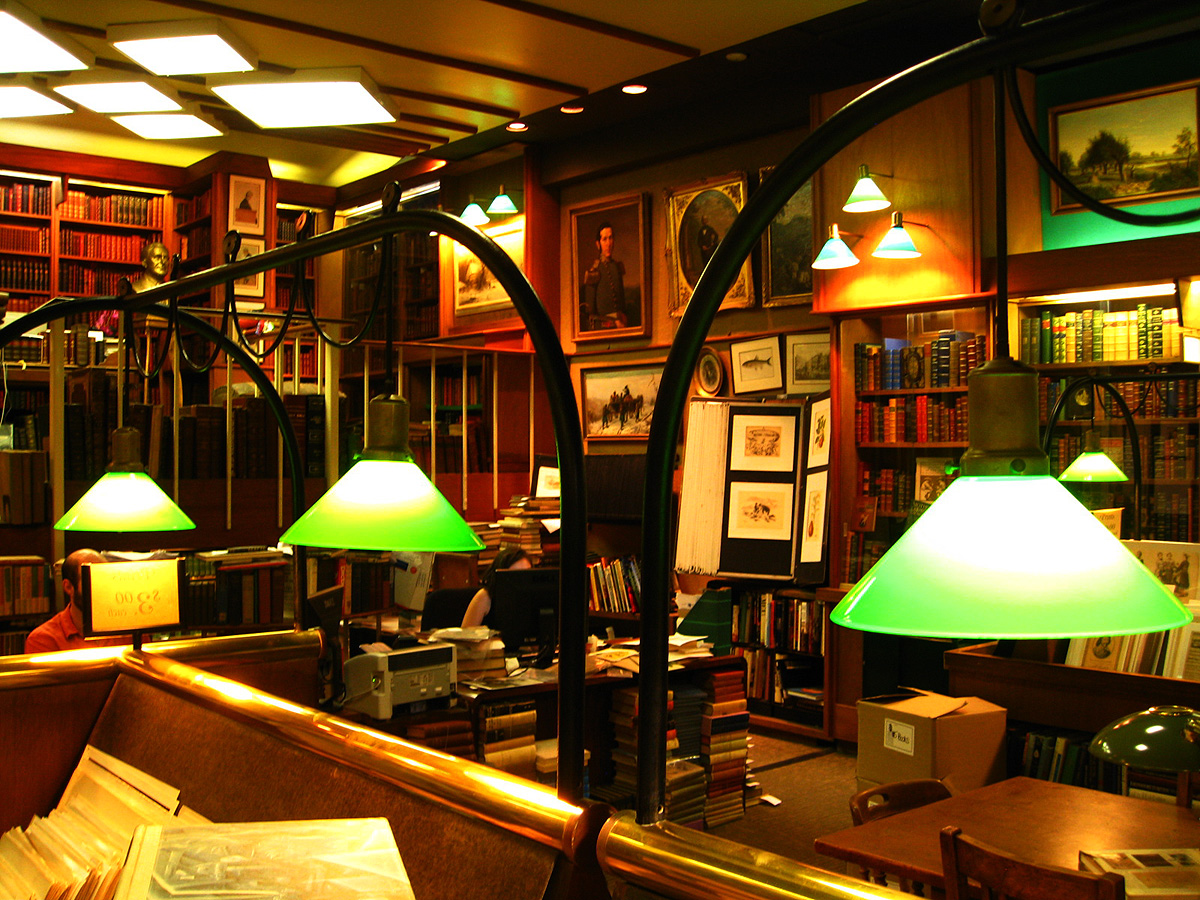Date read: 7.26.10
Book from: Personal collection
Reviewer: Emera
This will be possibly one of the world’s least impartial reviews, in that my love affair with The Last Unicorn started when I was about six, when I first saw the animated movie adaptation, then proceeded to sort-of forget about it in such a way that it became a native feature of my mental landscape. For a really, really long time, I thought it was actually a really amazing, really sad dream that I had once had. For all that it’s typically praised as “whimsical” and “charming,” it’s also a story that’s profoundly concerned with mortality, sacrifice, and loss of wonder and innocence, all of which was both troubling and stirring to me as a child. Attached to my dream/memory of it was both a great yearning for the film’s melancholy, twilight-shaded beauty, and a certain sense of haunted anxiety.
Like many other fans, I didn’t rediscover the movie till years later, after which I proceeded to re-watch it an egregious number of times, attempt (unsuccessfully) to foist it on friends, and finally, very belatedly discover that it was based on Peter S. Beagle‘s 1968 novel. Said novel, read at twelve or thirteen, went on to become part of what I think of as my core canon; I’m often hard-pressed to find the words to explain how much it means to me.
Given all this, I was a bit leery but mostly excited to see the news this spring that IDW would be releasing a six-part comic adaptation of the novel, under Beagle’s supervision, adapted by comics writer Peter B. Gillis,with art by wife-and-husband team Renae De Liz (pencils) and Ray Dillon (ink and color). Being the sucker I am, I immediately sprung for the signed preorders (hey, signed and inscribed copies ship for free, so it’s like I saved money… right?) available via Conlan Press, Beagle’s affiliated publisher. Recently I got around to sitting down with the first installment. A blow-by-blow review follows, with quotes here and there from the original novel – which, for those who have not encountered it in one form or another, is the story of a unicorn who learns one day that she is the last of her kind in the world, and leaves her wood in order to seek out her imprisoned kin.
 First reaction: augh @ awkward author/title placement for a composition that was obviously supposed to have a vertically centered title. Also a little disappointed that De Liz’s unicorn looks pretty distinctly horsey, when Beagle is very strong in his insistence that unicorns look not-much like horses:
First reaction: augh @ awkward author/title placement for a composition that was obviously supposed to have a vertically centered title. Also a little disappointed that De Liz’s unicorn looks pretty distinctly horsey, when Beagle is very strong in his insistence that unicorns look not-much like horses:
She did not look anything like a horned horse, as unicorns are often pictured, being smaller and cloven-hoofed, and possessing that oldest, wildest grace that horses have never had, that deer have only in a shy, thin imitation and goats in a dancing mockery. Her neck was long and slender, making her head seem smaller than it was, and the mane that fell almost to the middle of her back was as soft as dandelion fluff and as fine as cirrus. She had pointed ears and thin legs, with feathers of white hair at the ankles; and the long horn above her eyes shone and shivered with its own seashell light even in the deepest midnight.
That aside, it is a pretty gorgeous cover, and one I’d like to see as a poster.
My personal preference artwise would have been for a more old-fashioned illustrative style (think Charles Vess, Michael Zulli, Michael Kaluta), but maybe that’s too obvious and literal, anyway. And any time I start feeling too picky, I flip back to the first page:
Continue reading The Last Unicorn comic #1, by Peter S. Beagle, art by Renae de Liz and Ray Dillon (2010) E




